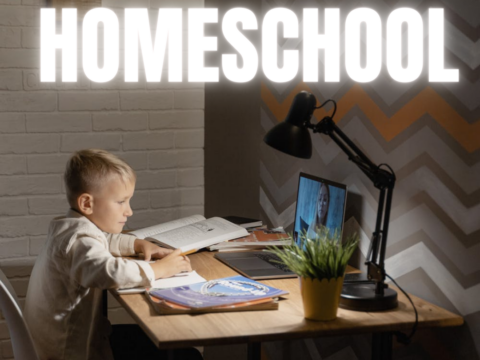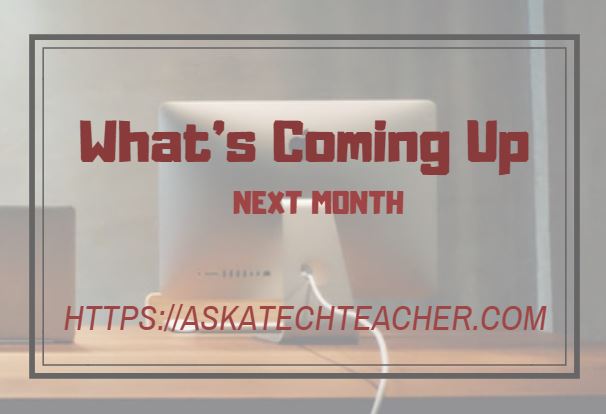 Students learn best when they are relaxed, happy, and feeling loved. It is challenging to include those characteristics in classes when you are concurrently trying to achieve school goals, comply with curriculum timelines, juggle parent concerns, and blend your lessons with those of colleagues.
Students learn best when they are relaxed, happy, and feeling loved. It is challenging to include those characteristics in classes when you are concurrently trying to achieve school goals, comply with curriculum timelines, juggle parent concerns, and blend your lessons with those of colleagues.
This is where mindfulness becomes important. It reminds teachers that the fulcrum for learning is the student’s emotional well-being.
Let’s back up a moment: What is mindfulness? Buddha once said:
“Do not dwell in the past, do not dream of the future, concentrate the mind on the present moment.”
If that’s the plan, mindfulness is the path. It teaches students how to quiet themselves — get to a place where their mind is settled sufficiently to pay full attention to the task at hand. Experts offer many suggestions for incorporating mindfulness into your classroom experience. Consider:
- pause and take a deep breath before beginning an activity or in the middle of performing it
- reflect on an activity as a group
- reflect on the student’s own experiences and background and how that relates to the topic
Delving into these rudimentary steps isn’t the goal of this article (find more about that in Janelle Cox’s TeachHUB article). Today, I want to show you how to take the incorporation of mindfulness into your classes to the next level. Here are five ideas:
Speaking
Teach students to look at classmates while speaking. Eye contact is inclusive and personal. It allows students to see how others react to what they are saying. Are there nods, or frowns? Is there a need to clarify something that didn’t come out right? Are classmates bored or riveted? This applies to teachers, too, as we run our classes. Our lessons may be prepared in advance, but our presentation must be agile, flexible to circumstances, and scalable to student reactions. Mindfulness asks us to be aware of our effect on others and make the effort to consider their feelings, attitudes, and needs.
Don’t be afraid to suggest that a student presenter take a deep breath, restart or even start over. Don’t be afraid to do that yourself when you see the lesson isn’t going as planned. The message you deliver is as much about attitude and non-verbal cues as words.
Listening
Remind students that the goal of listening isn’t to sit quietly with eyes forward, but to acquire knowledge. They are expected to hear what the presenter is saying and integrate it into their personal database. Whatever way they best do this is fine (well, you may have to set a few limits, depending upon how creative your students are). For example, it’s OK to close their eyes — as long as they continue listening. Removing the visual makes the auditory and scentual more powerful enabling some students to better hear the nuances of the presentation.
They will also hear the noisy students around them, disrupting the speaker and trying to distract their neighbors. We won’t get into things they may smell!
Music
Music has long been accepted in classrooms. It calms students, mitigates stress, and entertains them while completing difficult tasks. One of the most difficult tasks, albeit often used, is correct keyboarding. Because so much of student work requires keyboarding, from reports to essays to homework to simply logging into accounts, it has become an essential student tool. Teachers think they’re finished when students know key placement and hand position, but there’s one more critical step students must master: typing with an even rhythm. Most students type faster on words they know and slower on others. They must learn to type all words at a steady pace. That is easily done through music. Play popular music whose rhythm is compatible with the grade level typing speed. Demonstrate how you type to the rhythm. Once students get the hang of it, they’ll find that their typing speed has increased and the process itself is less stressful.
Anytime they’re typing class projects, play music. Encourage them to do the same at home.
Imagery
Teachers know how effective it is when students imagine the sensory load associated with what they’re studying in class — smell, taste, feel, visual, and sound. Take this to the next step by asking students to incorporate that into their projects by adding multimedia pieces. This can be audio, where they tape the ocean waves or a bird cawing, or visual where they record a bird in flight or chimpanzees grooming at the zoo. For events they can’t personally experience (most students don’t live next door to a zoo), find videos and images online that can be included.
A note: Anytime students use online media in classwork, remind them to respect the copyrights of the creators and only include multimedia they have permission to use.
Feedback
Lots of schools provide opportunities for collaborative work, sharing knowledge through class blogs or webtools, and student-driven feedback. Remind students that their participation in these should be positive, supportive, evidence-based, and tied to the original activity. Let them reflect on how they would feel if they received confrontational or negative comments and how destructive that is to their personal learning process.
***
Mindfulness can be incorporated into any activity, be it a group project, homework, or recess. It’s a state of mind that encourages students to think, create, and evaluate. It should have pride of place in every teacher’s toolkit.
–first published on TeachHUB
More on pedagogy:
How to Blend DoK into Lesson Plans without a Comprehensive Rewrite
Use the SAMR Model to Spearhead Technology in Your Classroom
A Conversation about Keyboarding, Methods, Pedagogy, and More
Jacqui Murray has been teaching K-8 technology for 15 years. She is the editor/author of over a hundred tech ed resources including a K-8 technology curriculum, K-8 keyboard curriculum, K-8 Digital Citizenship curriculum. She is an adjunct professor in tech ed, CSG Master Teacher, webmaster for four blogs, an Amazon Vine Voice book reviewer, CAEP reviewer, CSTA presentation reviewer, freelance journalist on tech ed topics, and a weekly contributor to TeachHUB. You can find her resources at Structured Learning. Read Jacqui’s debut tech thriller, To Hunt a Sub.




































